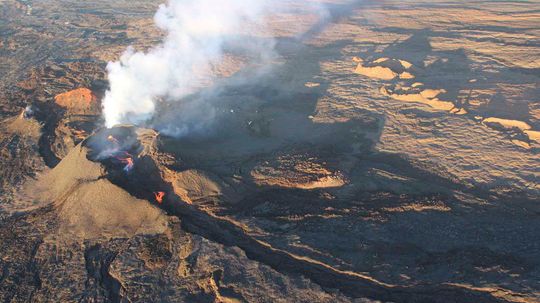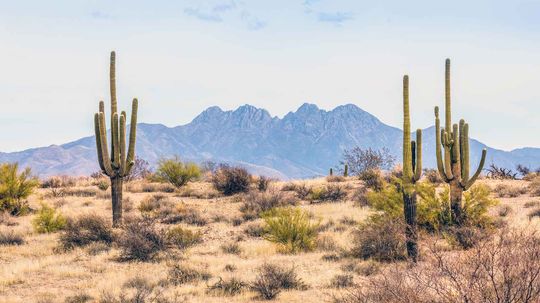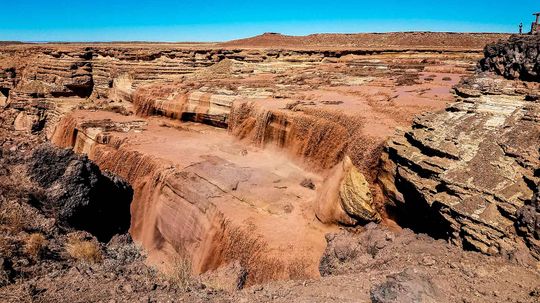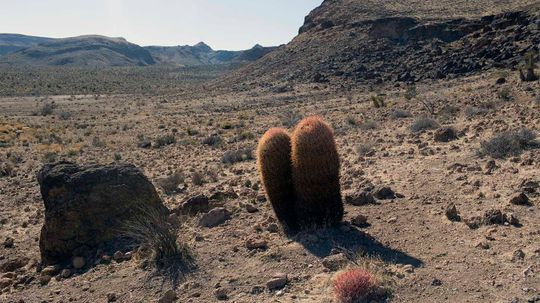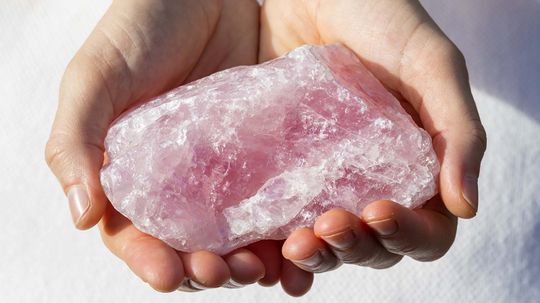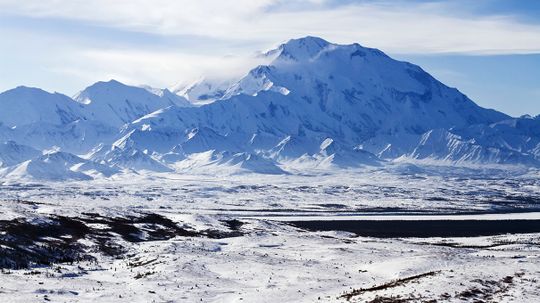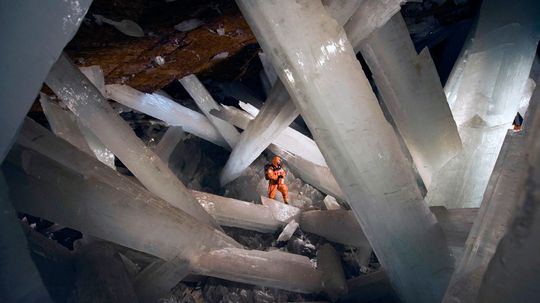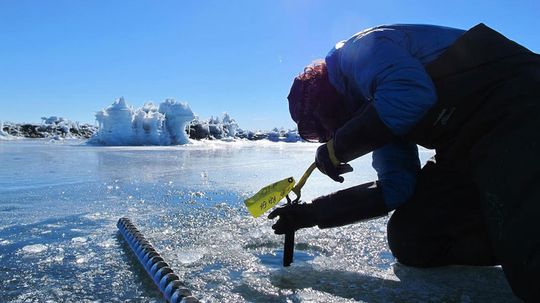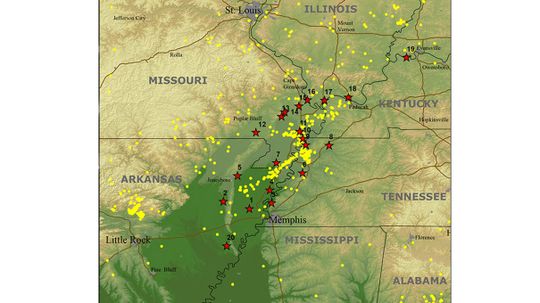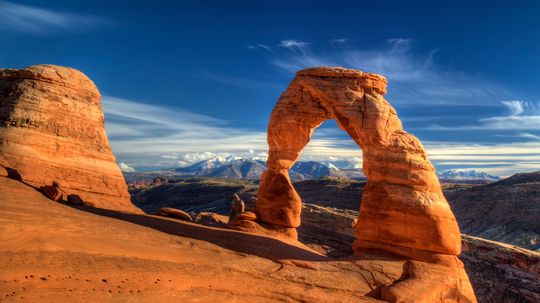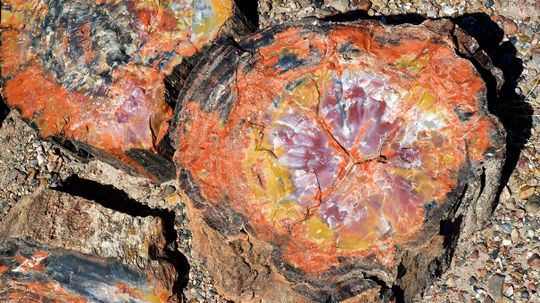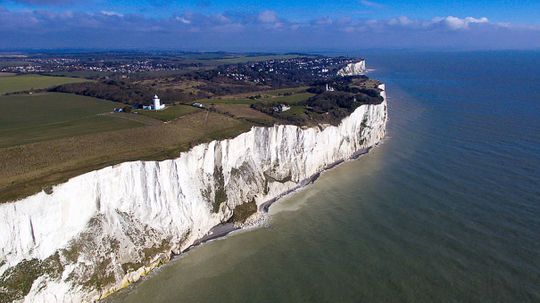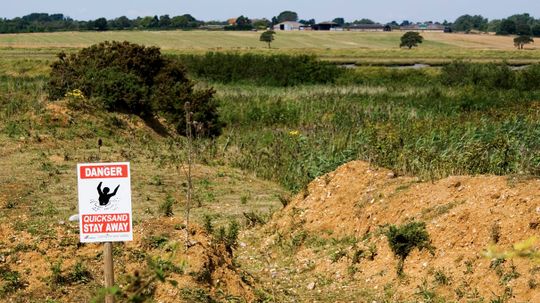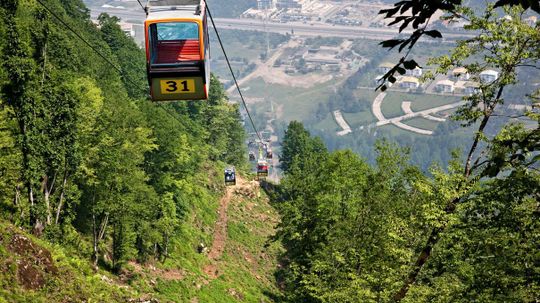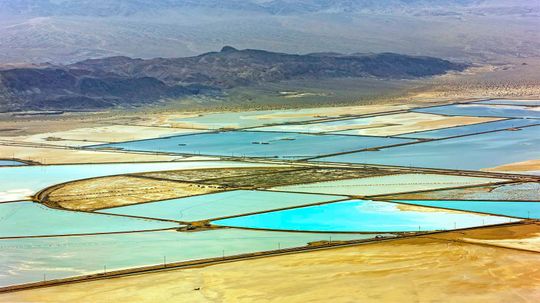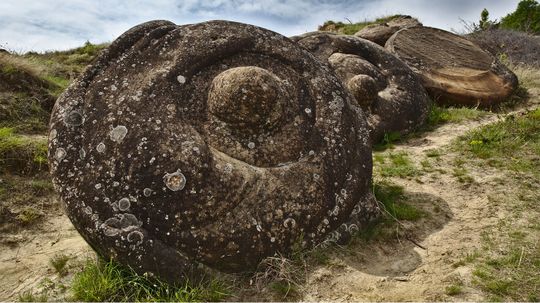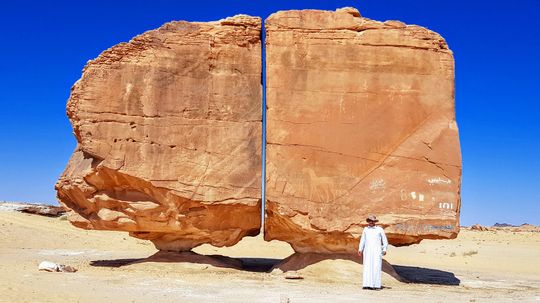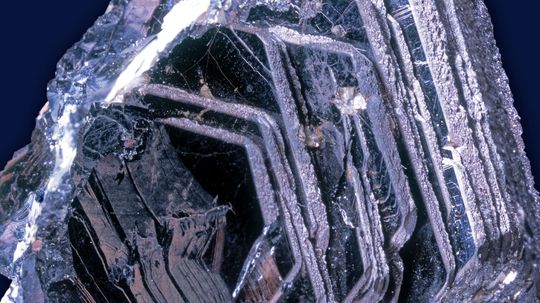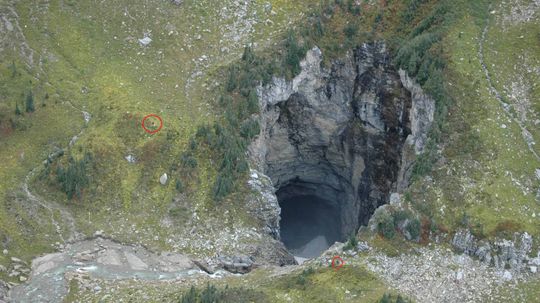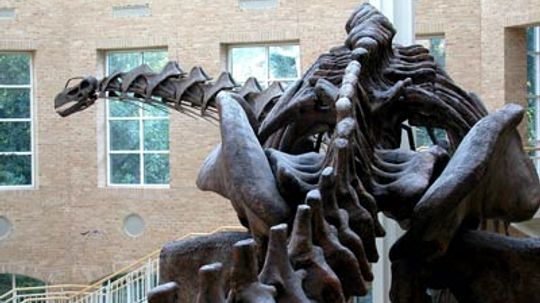Geology
Geology is the study of the composition and physical properties of rocks, minerals, gems and other related earth materials, including diamonds and crystals. Scientists gain an understanding of the Earth's history by studying its composition.

Is Africa Splitting in Two? Really? Here's the Scoop
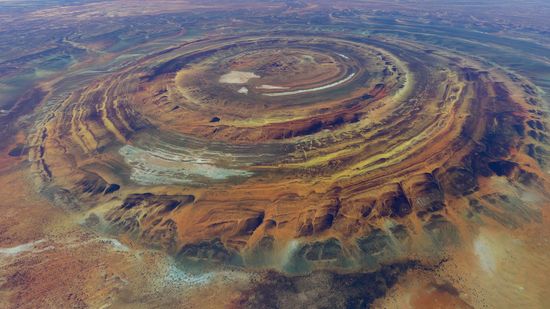
What Exactly Is the Eye of the Sahara, aka the Richat Structure?

The Driest Place on Earth: Chile's Atacama Desert

7 Power Crystals for Protection and Positive Energy

Carnelian Meaning: Healing Properties, Benefits, & Symbolism

Creating Crystal Grids: A Step-by-Step Guide
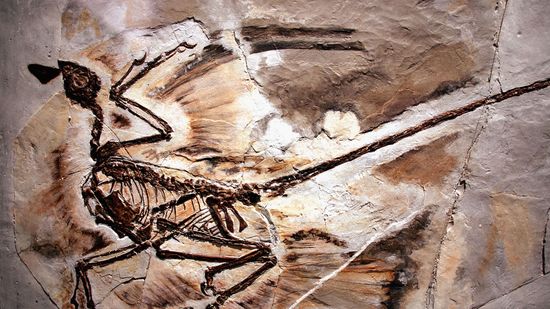
Velociraptor Alert: The Feathered Dinosaur Quiz
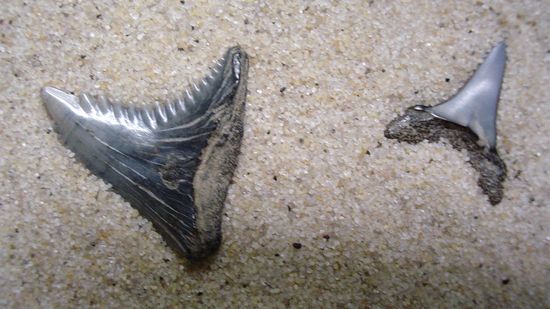
The Rockin' State Fossils Quiz

10 Extinct Hominids
Learn More / Page 4
Ash flows, deadly gases and vog are just a few of the other reasons why we all need to respect volcanoes.
If you think the largest desert in the world is hot and sandy, think again. These 10 deserts spanning the globe are massive, but they're not all sunbaked.
By Mitch Ryan
It's known as the "Gateway to Hell" and while it might not actually get you there, what it will unleash if it keeps thawing could truly be hellish.
Advertisement
What's the difference between moissanite and diamonds? And which of these brilliant stones wins out when it comes to the engagement ring competition?
By Mitch Ryan
Arizona isn't all desert. Take Grand Falls, aka "Chocolate Falls." It is dry most of the year, but when it rains, this waterfall pours.
It was the world's largest diamond when mined and today it's cut into nine gems that are all part of the British Crown Jewels. But since the death of Queen Elizabeth II, questions have emerged about its imperialist history.
By Dave Roos
Tanzanite is so rare, it is sourced from just an 8-square-mile (20-square-kilometer) area in Tanzania. It was first discovered in the late 1960s and it burst onto the jewelry scene thanks to Tiffany & Co.
Advertisement
Not all deserts have sand and they're certainly not all hot. They're just extremely dry and have little vegetation. That means deserts are located all over the planet, including at super-high elevations.
This beautiful pink quartz is found in numerous places throughout the world and is thought to be associated with unconditional love.
If geology has taught us anything about Earth's history, it's that nothing is permanent. And that goes for mountain ranges, all of which are constantly rising and falling.
By Mark Mancini
Massive gypsum crystals were discovered beneath Mexico's Sierra de Naica Mountain in very inhospitable environs — to humans anyway.
By Mark Mancini
Advertisement
Scientists set up two stations to capture this strange seismic activity.
By Mark Mancini
Will a town in southern Missouri be the epicenter of the next 'big one'?
By Mark Mancini
The Sahara has expanded by about 10 percent in the past century, mostly due to natural causes, but not all. We can blame the rest on man-made climate change.
These ancient wonders aren't static sculptures; they vibrate and shift throughout the day, creating a variety of sounds as they stretch their aging, eroding 'bones.'
Advertisement
Petrified wood can be found all over the world, but how is it created?
Talk about a Brexit! Scientists have clues to catastrophic flooding that destroyed a land bridge that once connected England and France.
Science has determined that disappearing completely into quicksand isn't possible — but that doesn't mean that getting stuck still won't kill you.
Surprisingly, living in a city with a high level of natural radiation doesn't have any ill effects.
By Alia Hoyt
Advertisement
The element lithium is one of just three created during the Big Bang and has been used for mental health care for decades. But now it's in higher demand than ever before.
Trovants, found only in a small town in Romania, are stones that actually seem to move and grow. But are they alive?
Split as if by a laser, the Al Naslaa rock in Saudi Arabia's Tayma Oasis baffles scientists and amateur geologists alike. How did this perfect split happen?
You can find hematite found all over Earth, as well as Mars. The bloodstone the main source of iron and is also used in jewelry and painting.
Advertisement
How, in today's world, could a cave this massive go undetected for so long?
Sometimes dinosaur fossils are too large and heavy to display without damaging them. How are those enormous models built? And what makes them look so realistic?
